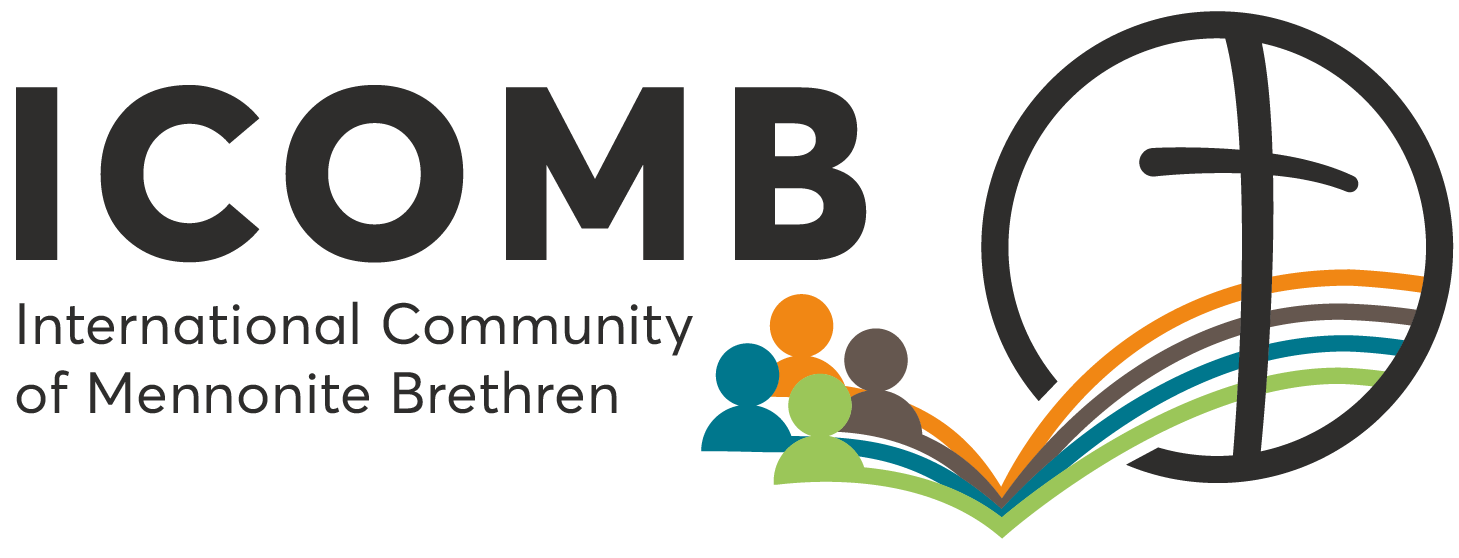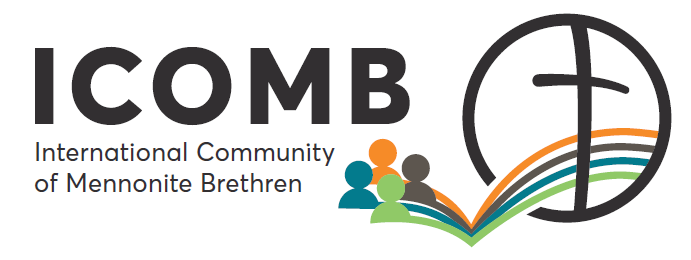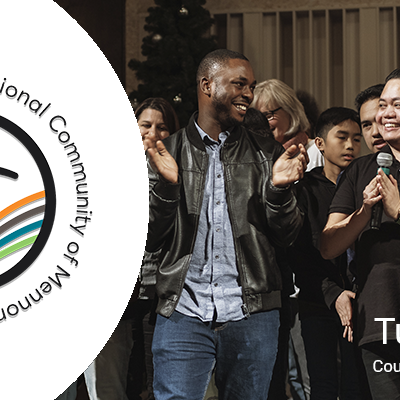
Under a canopy in the warm sun, the delegates of ICPM, the Mexico Mennonite Brethren conference debated a financial challenge. Their leadership development program has begun to pay off with young leaders stepping up toward advanced training. Two young men and one recently married young woman would move to Asuncion, Paraguay to attend Instituto Biblical Asuncion (IBA). Could they support these students? It would require a new level of funding for the conference.
Meanwhile, in Brazil, conference leaders discussed the shift from being primarily composed of German immigrants to Brazil to mostly Brazilian members; from German language worship to Portuguese. Local churches specifically are working this through, but also at the national conference level in COBIM.
I observed these discussions recently. The challenges are similar: both require something that John Kotter writes about in Leading Change. He identifies 8 steps to achieve a culture shift.
1. Establish a Sense Of Urgency. Visionaries see the need and begin a process of change. But a larger portion needs to sense the urgency. In Mexico 2 key voices said it’s time to step up and support these students, calling for a new way of thinking – a trust that God would supply their needs
2. Create a Guiding Coalition. In Brazil, my host Paul Dueck noted that he and several others on COBIM are united in bringing energy to the change they see is needed. This coalition is informal – but is understood by others as an important force.
3. Develop a Change Vision: in Mexico the vision was communicated right in the assembly discussion; let’s step up in faith. In Brazil the vision is being developed slowly and organically – primarily because it’s a culture shift, and such a vision is complex with lots of churches at different stages.
4. Communicate the vision for Buy-in: The Brazil situation is more internal to COBIM, the elected board. In Mexico discussion took place in the Assembly. The 2 voices were church planters familiar with stepping toward the edge of faith who also are good communicators.
5. Empower broad-based action: Remove obstacles, change systems and structures that undermine the vision and encourage risk taking and non-traditional ideas and action. This platform was immediate in Mexico because it was in Assembly and together they voted in favor of the faith challenge. In Brazil, a more grassroots action is taking place: churches start Portuguese services, church plants of all kinds, etc. challenging COBIM as central leadership to adjust its focus. This phenomenon is not unusual: paradigm shifts often come from the field of action, not the board room. But the board room must be able to listen, discern the valuable elements of what’s happening, and determine the change that’s appropriate. COBIM is doing this.
6. Generate Short Term Wins: In Mexico the decision was made. Now the churches have a very specific goal to aim at, and they will know they “won” when they hit it. In Brazil a possible win will be to see COBIM led and driven more by Brazilian members and character than German. The surnames of members might tell the story; or the development of church plants in new regions…or other. They are working on a number of new initiatives and approaches.
7. Never Let Up! This step in Kotter’s agenda acknowledges that change takes time and persistence. Initial wins need to be reinforced with new challenges. The Guiding Coalition needs to broaden to a larger base. Wins must occur frequently to validate the new vision.
8. Incorporate Changes into the Culture. Persistence in Step 7 leads to actual change in the culture which ensures leadership development and succession into the next generation. In both conferences I saw a desire for a “new day”. Kotter has a way to describe the steps to take toward that new day, cheering each other on, and helping each other over hurdles. In Brazil’s case, it truly is a culture shift from one “heart language” to another.
I see God doing his work in these conferences. This is one way to describe it. Let’s see what He will do!



